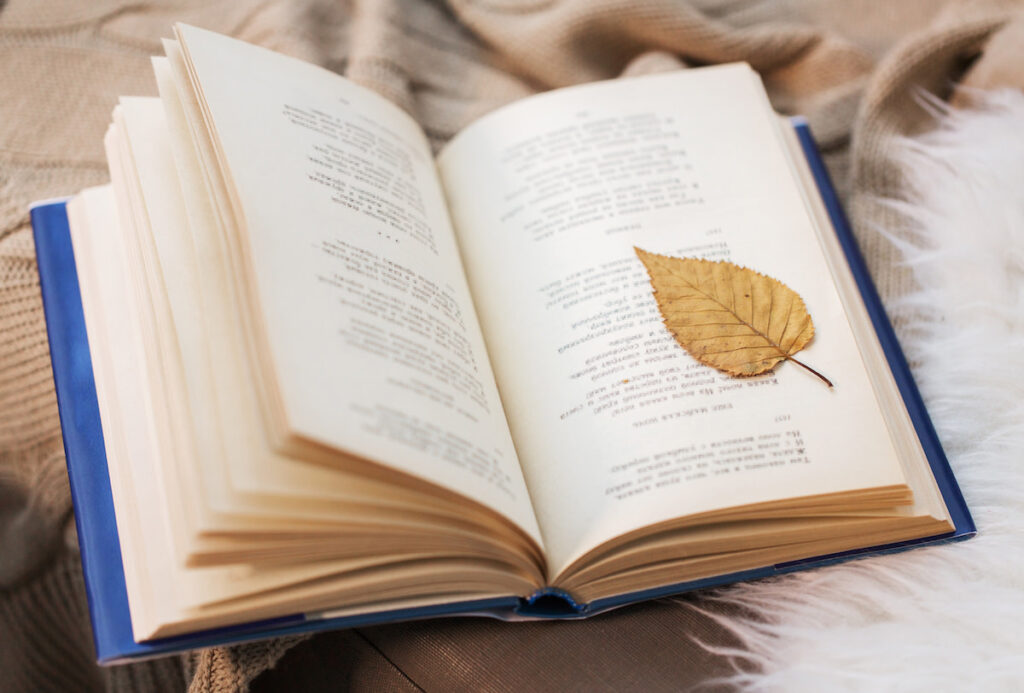
POETRY 01: Learn About Poetry, Different Types of Poems, and Poetic Devices With Examples
Introduction
Poetry, often described as the language of the soul, holds the power to evoke emotions, paint vivid images, and capture the essence of life in its most beautiful forms. Whether you’re a seasoned poetry enthusiast or a curious newcomer, this blog post will take you on a journey through the mesmerizing world of poetry. From various types of poems to the intricate use of poetic devices, we’ll delve into the art that has been captivating hearts for centuries.
Understanding Different Types of Poems
Sonnet – A 14-line poem known for its structured rhyme scheme and rhythm. The Shakespearean and Petrarchan sonnets are two popular variations, each with its unique characteristics. The famous opening lines of Shakespeare’s Sonnet 18, “Shall I compare thee to a summer’s day?”, showcase the beauty of this form.
Haiku – A Japanese form that consists of three lines, with syllable patterns of 5-7-5. Haikus often capture nature scenes and emotions with profound simplicity. Here’s an example by Matsuo Basho:
An old silent pond…
A frog jumps into the pond—
Splash! Silence again.
Read also: LOVE’S IMAGERY
Limerick – A humorous and often nonsensical poem with a distinctive AABBA rhyme scheme. These five-line verses are known for their witty nature. An example:
There once was a man from Peru,
Who dreamt he was eating his shoe.
He awoke with a fright,
In the middle of the night,
To find that his dream had come true!

Exploring Poetic Devices
Metaphor – A comparison between two unrelated things, suggesting a resemblance. In Emily Dickinson’s poem, “Hope is the thing with feathers,” she likens hope to a bird that perches in the soul.
Simile – Similar to a metaphor, but uses “like” or “as” to draw a comparison. In Langston Hughes’s “Dreams,” he writes, “Hold fast to dreams / For if dreams die / Life is a broken-winged bird / That cannot fly.”
Alliteration – The repetition of initial consonant sounds in a line or stanza, creating a musical effect. Edgar Allan Poe’s “The Raven” employs alliteration: “Once upon a midnight dreary, while I pondered, weak and weary…”
Check out this: LETTERS TO MY LOVE: Best Love Messages To Boyfriend or Girlfriend
Personification – Assigning human qualities to non-human entities. In William Wordsworth’s “I Wandered Lonely as a Cloud,” he writes, “Continuous as the stars that shine / And twinkle on the Milky Way.”
Enjambment – The continuation of a sentence or phrase beyond the end of a line or stanza, creating a sense of flow. In e.e. cummings’s “since feeling is first,” the lines “since feeling is first / who pays any attention / to the syntax of things” demonstrate enjambment.
Conclusion
Poetry serves as a window to the human experience, allowing us to express our deepest feelings, thoughts, and observations in a uniquely artistic manner. The diverse types of poems and poetic devices showcased in this blog post only scratch the surface of what poetry has to offer. Whether you’re drawn to the structured elegance of a sonnet, the vivid imagery of a haiku, or the playful wit of a limerick, poetry invites you to explore the boundless realms of creativity.
You would love the work of art here
So, pick up a pen or open your word processor, and let the magic of poetry flow from your heart onto the page. As you experiment with different types of poems and weave intricate poetic devices, remember that each verse you create adds to the timeless tapestry of human expression.
A lovely spoken word on fear and anxiety here
Leave a Reply